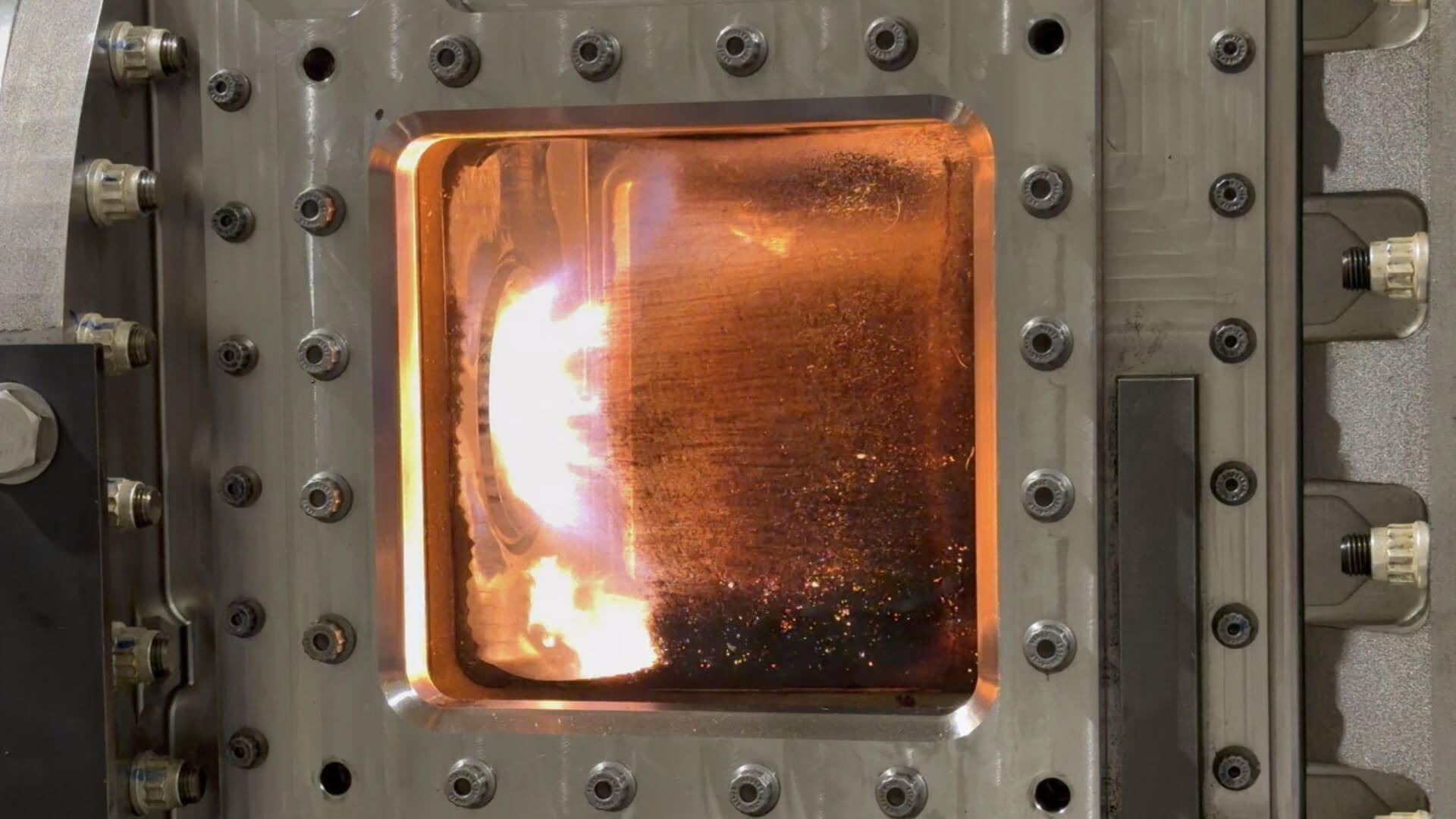Safran has one mission in mind: To contribute to safer and more sustainable aviation. The company, specializing in propulsion, equipment and interiors, is dedicated to building a more environmentally friendly future of aviation. They’re focusing on new engine architectures, sustainable fuels, hybrid-electric technology, new materials, and reduced weight.
We caught up with Safran USA President and CEO Peter Lengyel at Boom’s recent Net Good Summit to hear more about the company’s initiatives and vision.
#1 From a topline view, tell us about Safran’s commitment to sustainability.
Safran is committed to making aviation an even more sustainable industry by reducing emissions from our operations and from the use of our products. We currently dedicate 75 percent of our research and technology investment to reducing our company’s environmental footprint.
#2 What are the most promising opportunities to reduce the carbon footprint of the travel industry?
Safran intends to lead the way towards decarbonization of the aviation sector, and it is one of the four pillars of our Corporate Social Responsibility (CSR) strategy. Our priorities include: reducing emissions from our industrial sites, contributing to the development of low carbon aircraft, supporting the deployment of sustainable aviation fuel (SAF) and developing electric and hybrid propulsion systems for aircraft.

#3 What is the single most impactful action a business can take to improve sustainability?
Make sustainability every employee’s responsibility. By engaging employees at every level of the organization on our CSR goals, we empower them to become agents of change across all our activities.
#4 Is there a big idea in sustainability that you’re excited about?
Definitely. The CFM RISE (Revolutionary Innovation for Sustainable Engines) program — which we announced jointly with GE Aviation last year — is an example of our sustainability efforts.

This development program, which will feature an open fan architecture and hybrid-electric capability, aims to achieve 20 percent lower fuel consumption and CO2 emissions compared to the most efficient jet engines today. Technologies demonstrated and matured as part of the RISE program will serve as the foundation for the next-generation CFM engine that could be available by the mid-2030s.
#5 Can you share more about Safran’s sustainability goals?
Safran has made several ambitious goals to support the transition to carbon-neutral aviation by 2050.
Safran is fully committed to lead the way towards the decarbonization of aviation by contributing to the development of low carbon aircraft, supporting the deployment of sustainable fuels, and developing electric and hybrid propulsion systems for aircraft.
Specific goals regarding our industrial sites include reducing emissions from our facilities around the world by 30 percent by 2025 (compared to 2018 levels) and phasing in the use of sustainable aviation fuels for civil engine tests (10 percent by the end of 2021, and 35 percent by 2025).
Click here to learn more about Safran’s policy to support the transition to carbon-neutral aviation by 2050.







